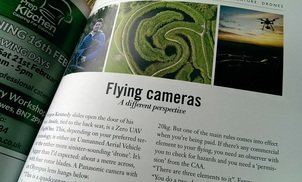
"This is a quadcopter weighing about 8kg", says Lewes-based Fergus. "The gimbal, which the camera mounts on, costs twice as much as the drone. It stabilises the camera and also lets you control it remotely.”
Having studied zoology at university, Fergus became a marine biologist. “I then got into photography and film-making as well”, he explains, “starting with underwater stuff.” While doing some filming for the Royal Navy, Fergus met a photographer who was using a remote-controlled device to film from the air. “I started chatting to him and then started working with him.”
So how much does one of these aircraft cost? Pricing is “whatever you want to pay”, Fergus admits: you can pick up a toy for £30 but can spend up to £20,000 on high-end equipment.
But moving into professional photography isn’t simply a question of buying a bigger aircraft. The UK’s Civil Aviation Authority has strict regulations. “You’re not allowed to fly more than 400 feet above takeoff, not directly above people and not let the drone fly more than 500 metres away from you”, Fergus says. There are even more regulations for devices weighing over 20kg. But one of the main rules comes into effect when you’re being paid. If there’s any commercial element to your flying, you need an observer with you to check for hazards and you need a ‘permission’ from the CAA.
“There are three elements to it”, Fergus says. “You do a two-day ground course, followed by an exam. That covers the regulations. The second part is writing an operations manual that includes all of your procedures and safety arrangements. And then there’s a practical test.”
What about the privacy implications of flying cameras? “It’s a completely understandable concern”, says Fergus. “However, pretty much all of the cameras that go up are really wide-angle lenses, so things disappear into the distance very quickly. People may see a drone hovering and think it’s looking straight at them but actually they’re just a speck on the picture. And battery life is pretty limited: I’m lucky if I get ten minutes per flight. I’d typically go up, take one shot, then come down again.”
The next project for Fergus looks set to combine his loves of marine biology with aerial photography. “We’re doing research with whales and dolphins out in Arabia. Quite often whales are wary of boats but they don’t seem to notice drones at all. You can measure and identify the whales as well as getting some really nice pictures. The only concern is getting permission to operate. Britain’s actually taken a pretty sensible approach.”
skylarkaerialimaging.com
First published in Viva Lewes magazine issue 101 February 2015.
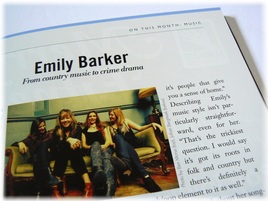
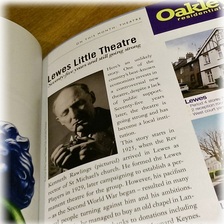
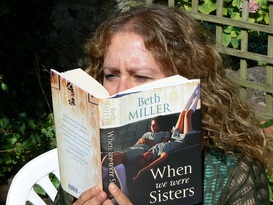
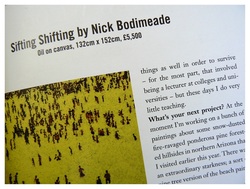
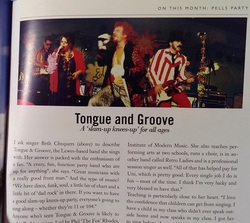
 RSS Feed
RSS Feed
